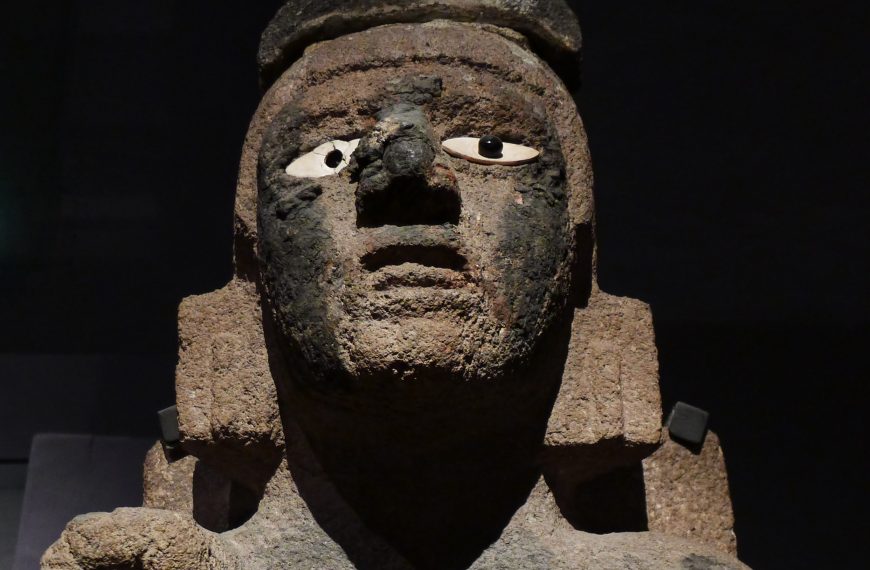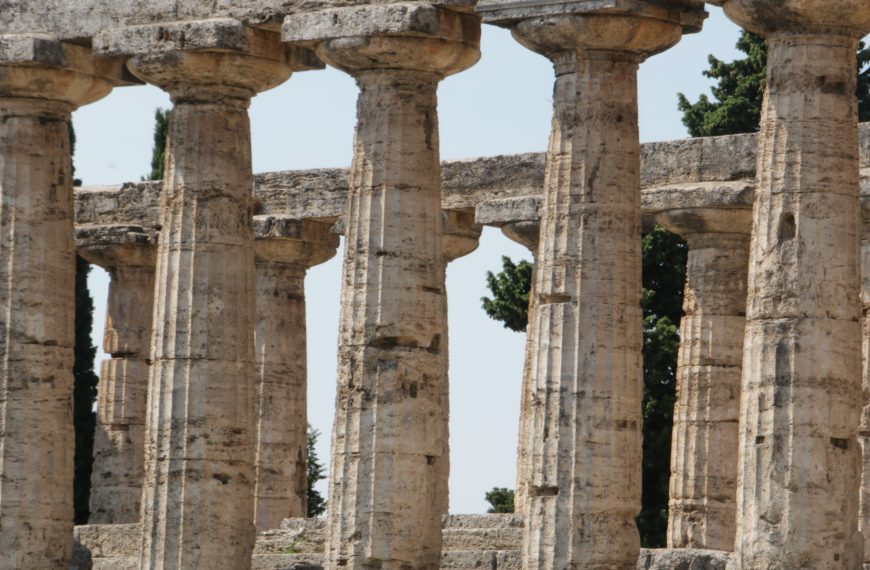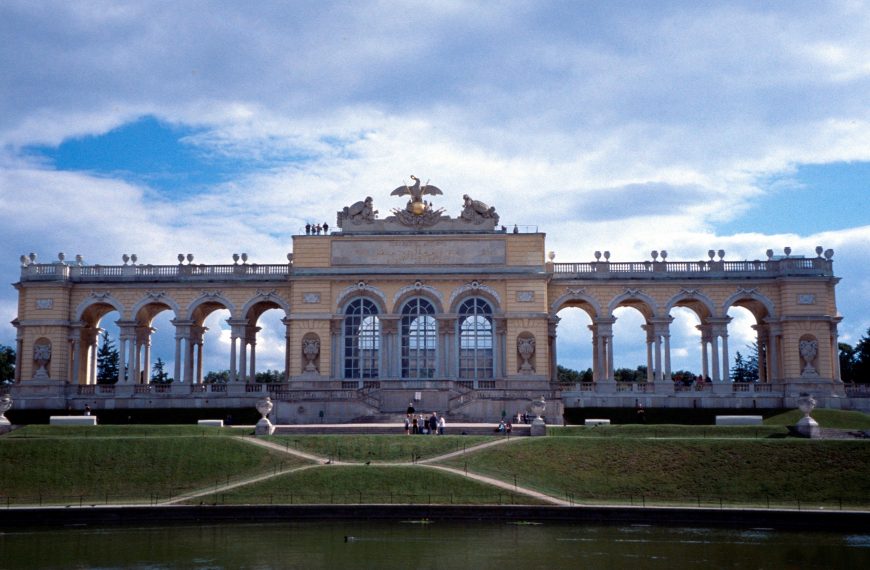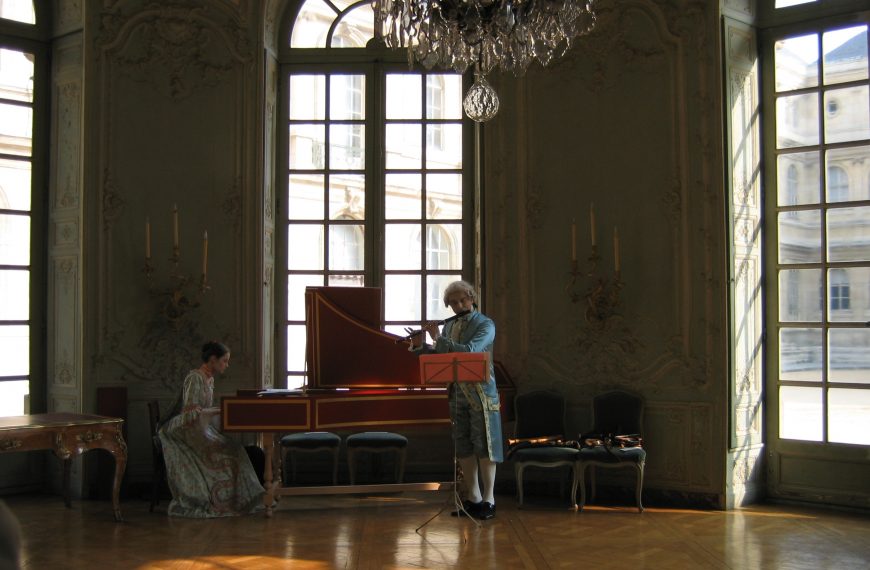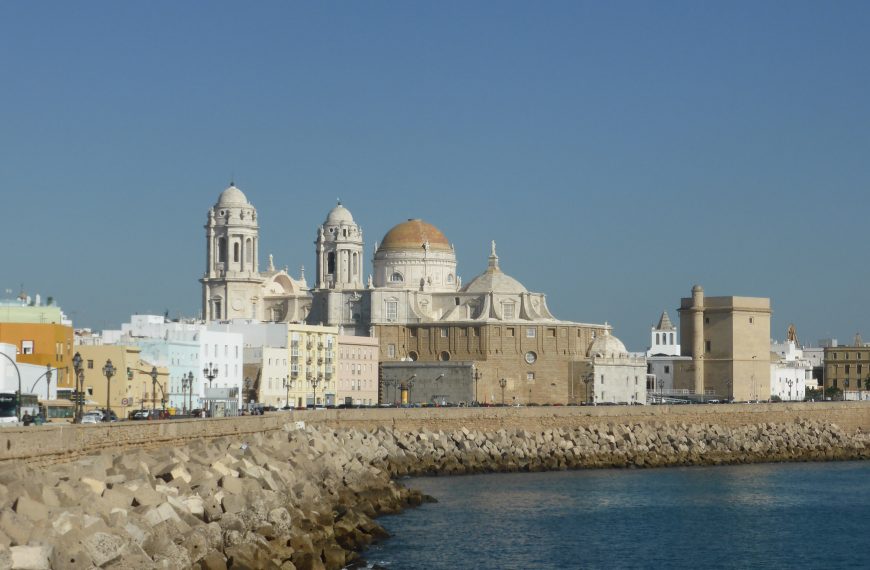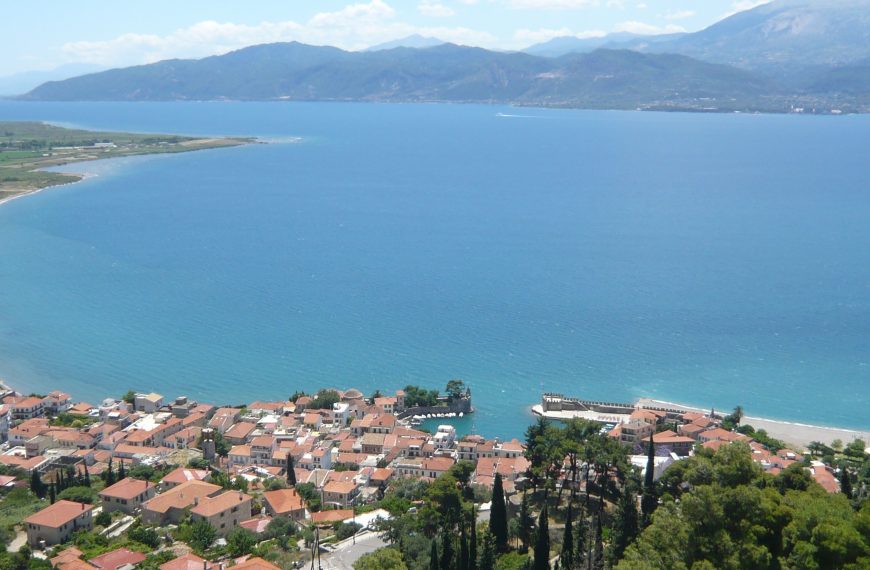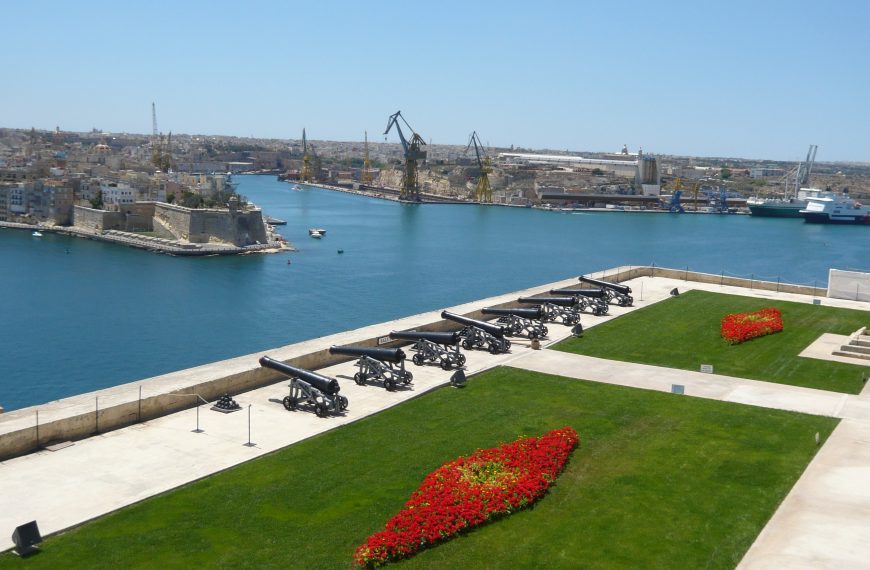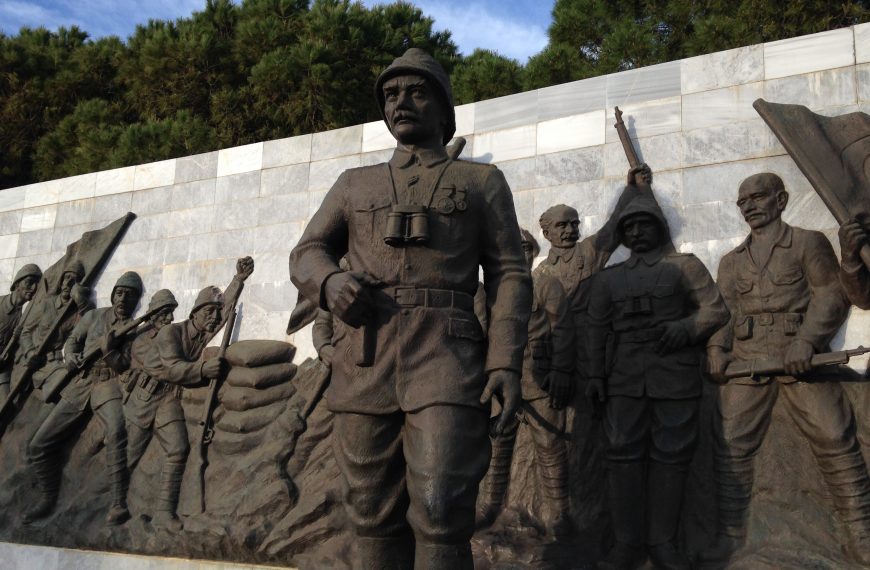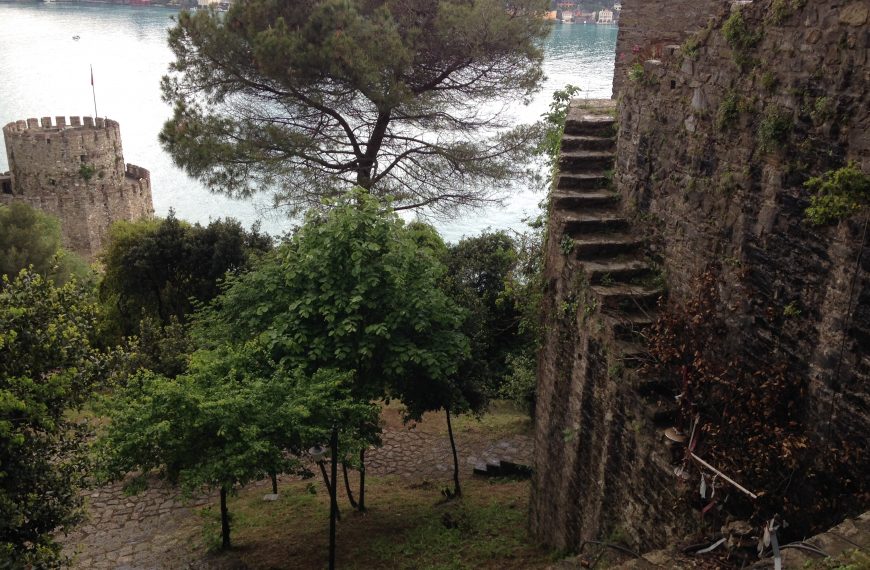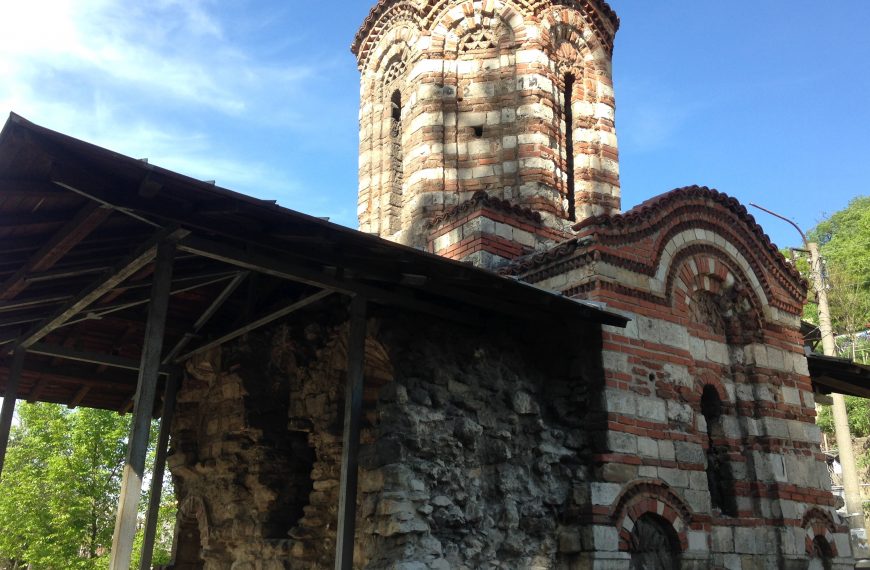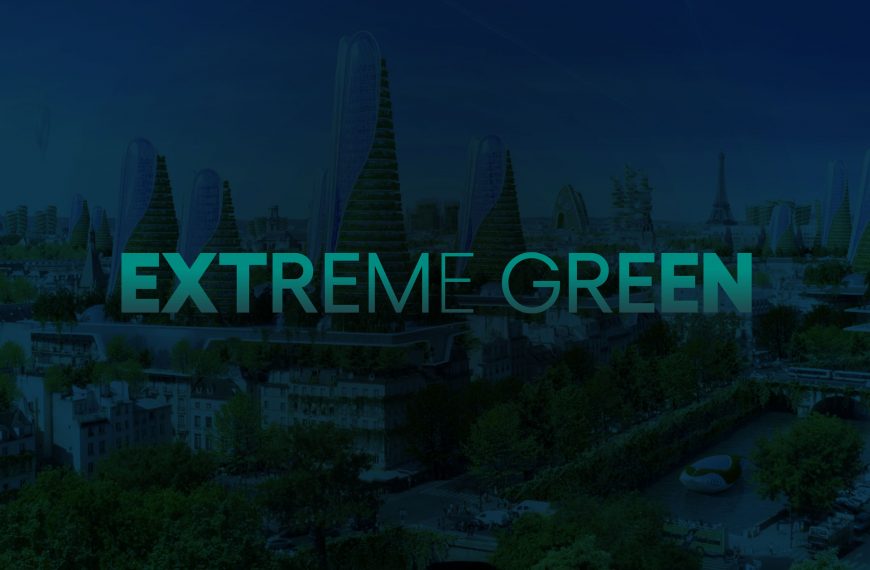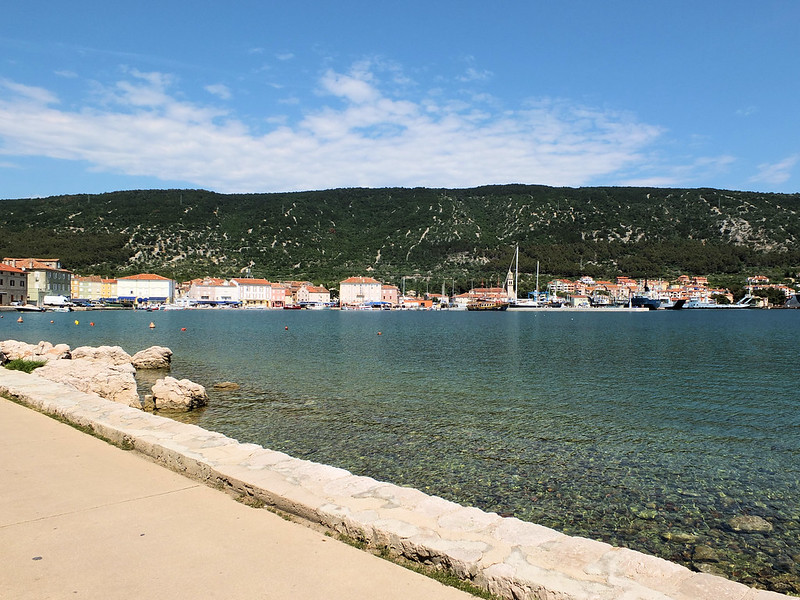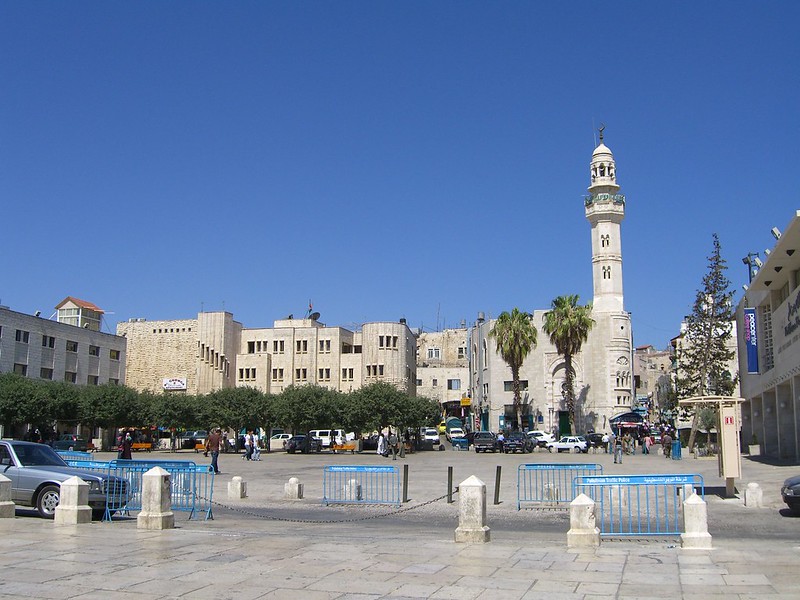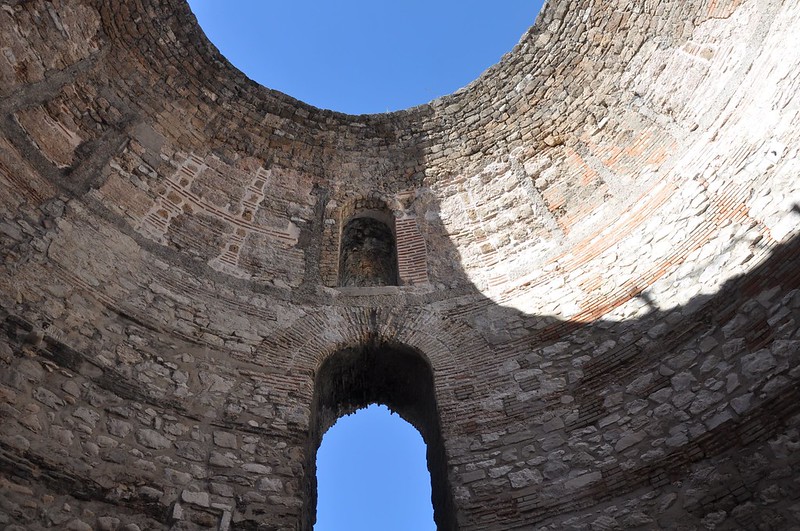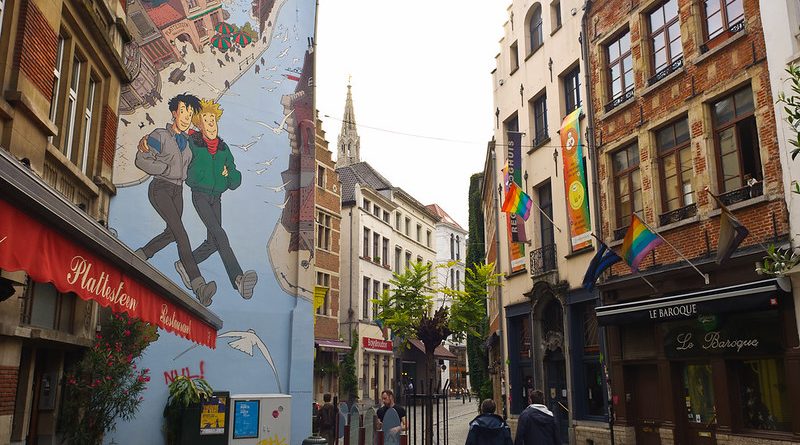
Croatia
Croatia is a small country, but it has an important and extensive coastline hugging the Adriatic Sea which contains 1,244 islands and islets. Its dramatic coastline of turquoise waters and white pebble beaches is a major attraction for holidaymakers who are also attracted by its mild and pleasant climate in the summer months.
The infinite blue of the Adriatic contrasts with the green of the mountainous interior and the white of its old towns full of history.
In addition, Croatia is a great choice for a Mediterranean-style vacation. It has a mild and pleasant climate perfect for enjoying the beach all summer long.
Here are some of the country’s most popular coastal attractions;
PULA
Overlooking the Adriatic Sea from the southern tip of the Istrian peninsula, Pula is the largest city in this area. With a history spanning more than three millennia, it is home to many ancient Roman buildings. The real gem is the Arena of Pula. This symbol of the city is one of the largest and best-preserved Roman amphitheaters in the world.
SPLIT
The second largest city in Croatia, after the capital Zagreb, is Split. It emerged as a Roman settlement 17 centuries ago when the Roman emperor Diocletian decided to build a palace. The luxurious rectangular villa of 38,000 square meters surrounded by a wall is where he spent the last years of his life.
Today this palace has become a city, as houses and other urban elements have been added to it. Three thousand residents still live here within the walls and its extraordinary state of preservation is surprising. Some of the scenes of Game of Thrones were filmed here .
DUBROVNIK
A UNESCO world heritage site Known as the “Pearl of the Adriatic”, this is one of the most captivating walled cities in the world. Wandering through its staggered alleys is like traveling back in time. Its old town is filled with aristocratic palaces, elegant churches and medieval fortifications.
The best way to enjoy this complex is from the heights. Flowing the almost 2-kilometer-long promenade that runs along its walls is the best option. From here you have a 360º view of both the entire city and the blue sea of the Dalmatian coast that surrounds it.
VIS
This is the most remote island off the Croatian coastline .
Thanks to its strategic location, in the past the Yugoslav regime turned it into a naval military base closed to foreigners. This has kept it away from overcrowding for many centuries. In fact, it remains one of the quietest islands on the Croatian coast and the restaurants still serve local products.
One of the most famous corners of this island is Stiniva, a beach hidden between two imposing cliffs.
HVAR
Hvar is one of the most popular destinations in Croatia and the most famous island on the Dalmatian coast. It is sometimes compared to Ibiza for its great nightlife.
Croatia’s Recent History
The lands that today comprise Croatia were part of the Austro-Hungarian Empire until the close of World War I. In 1918, the Croats, Serbs, and Slovenes formed a kingdom known after 1929 as Yugoslavia. Following World War II, Yugoslavia became a federal independent communist state consisting of six socialist republics under the strong hand of Marshal Josip Broz, aka TITO.
Although Croatia declared its independence from Yugoslavia in 1991, it took four years of sporadic, but often bitter, fighting before Yugoslav forces were cleared from Croatian lands, along with a majority of Croatia’s ethnic Serb population. Under UN supervision, the last Serb-held enclave in eastern Slavonia was returned to Croatia in 1998. The country joined NATO in April 2009 and the EU in July 2013. In January 2023, Croatia further integrated into the EU by joining the Eurozone and the Schengen Area.

